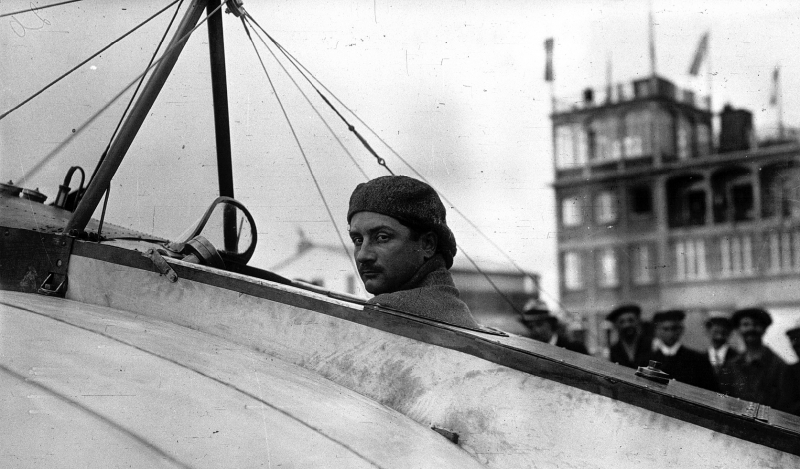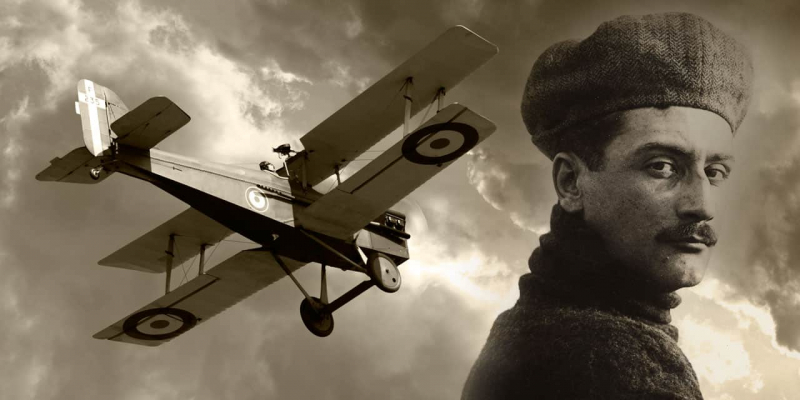French aviator and athlete Roland Garros escaped from the Germans in World War I
Today, Roland Garros is most known for the tennis arena bearing his name, which hosts the French Open. Garros was an enthusiastic early aviator, an automotive salesperson, and a biker prior to World War I. He became the first pilot to shoot down an adversary aircraft by firing forward from the fuselage during World War I by attaching wedges to his aircraft's propeller, which allowed him to fire a machine gun through it without destroying it.
Before his own aircraft was shot down by anti-aircraft fire in April 1915, Garros shot down three German aircraft. He was taken prisoner by the Germans and taken to a POW camp. Over the next three years, he was moved from camp to camp until, in 1918, he and another prisoner managed to escape by dressing in German uniforms and leaving the camp. They slowly made their way through Germany, blending in with the throng rather than avoiding them by camping in cemeteries. They eventually made it to the Netherlands before traveling to London and then returning to France.
In late 1918, Garros rejoined the French Air Service. He was shot down and died in the Ardennes just a few weeks before the Armistice went into effect. The guy who had maps of Germany smuggled to him in prison in the hollowed-out handles of two tennis rackets had little to do with tennis, nor did he play in the French Open, also known as the Roland Garros Tournament in France. The maps helped him in his courageous flight in 1918.
Born: 6 October 1888Saint-Denis, Réunion, France
Died: 5 October 1918 (aged 29)Vouziers, Ardennes, France












